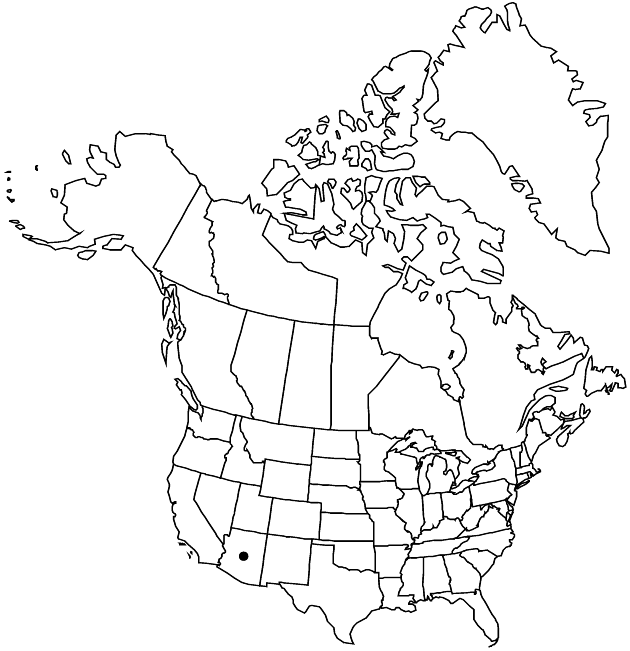Difference between revisions of "Berlandiera monocephala"
J. Arizona-Nevada Acad. Sci. 36: 8. 2003.
Basionym: Berlandiera lyrata var. monocephala B. L. Turner Phytologia 64: 205, fig. 1. 1988
imported>Volume Importer |
imported>Volume Importer |
||
| Line 52: | Line 52: | ||
|publication year=2003 | |publication year=2003 | ||
|special status= | |special status= | ||
| − | |source xml=https:// | + | |source xml=https://bitbucket.org/aafc-mbb/fna-data-curation/src/2e0870ddd59836b60bcf96646a41e87ea5a5943a/coarse_grained_fna_xml/V19-20-21/V21_197.xml |
|tribe=Asteraceae tribe Heliantheae | |tribe=Asteraceae tribe Heliantheae | ||
|subtribe=Asteraceae (tribe Heliantheae) subtribe Ecliptinae | |subtribe=Asteraceae (tribe Heliantheae) subtribe Ecliptinae | ||
Latest revision as of 20:10, 5 November 2020
Plants 10–100 cm (taproots much thickened). Stems unbranched or branched near bases. Leaves crowded near stem bases; petiolate; blades oblanceolate, rarely pinnatifid, membranous, margins usually crenate, faces velvety. Heads usually borne singly, rarely 2–3 together. Peduncles hairy (hairs whitish, matted). Involucres 15–35 mm diam. Ray corollas yellow, abaxial veins green, laminae 9–12 × 4.5–6 mm. Disc corollas yellow. Cypselae (obovate) 5–6 × 3–4 mm. 2n = 30.
Phenology: Flowering May–Oct.
Habitat: Grasslands on rolling hills, often with oak, pinyon, and juniper
Elevation: 1300–2100 m
Distribution

Ariz., Mexico (Chihuahua, Sonora).
Discussion
Roots of Berlandiera monocephala are sold in local Mexican drugstores for stomach and lung troubles (B. L. Turner 1988d) and for insect or snake bites.
Selected References
None.
Lower Taxa
None.